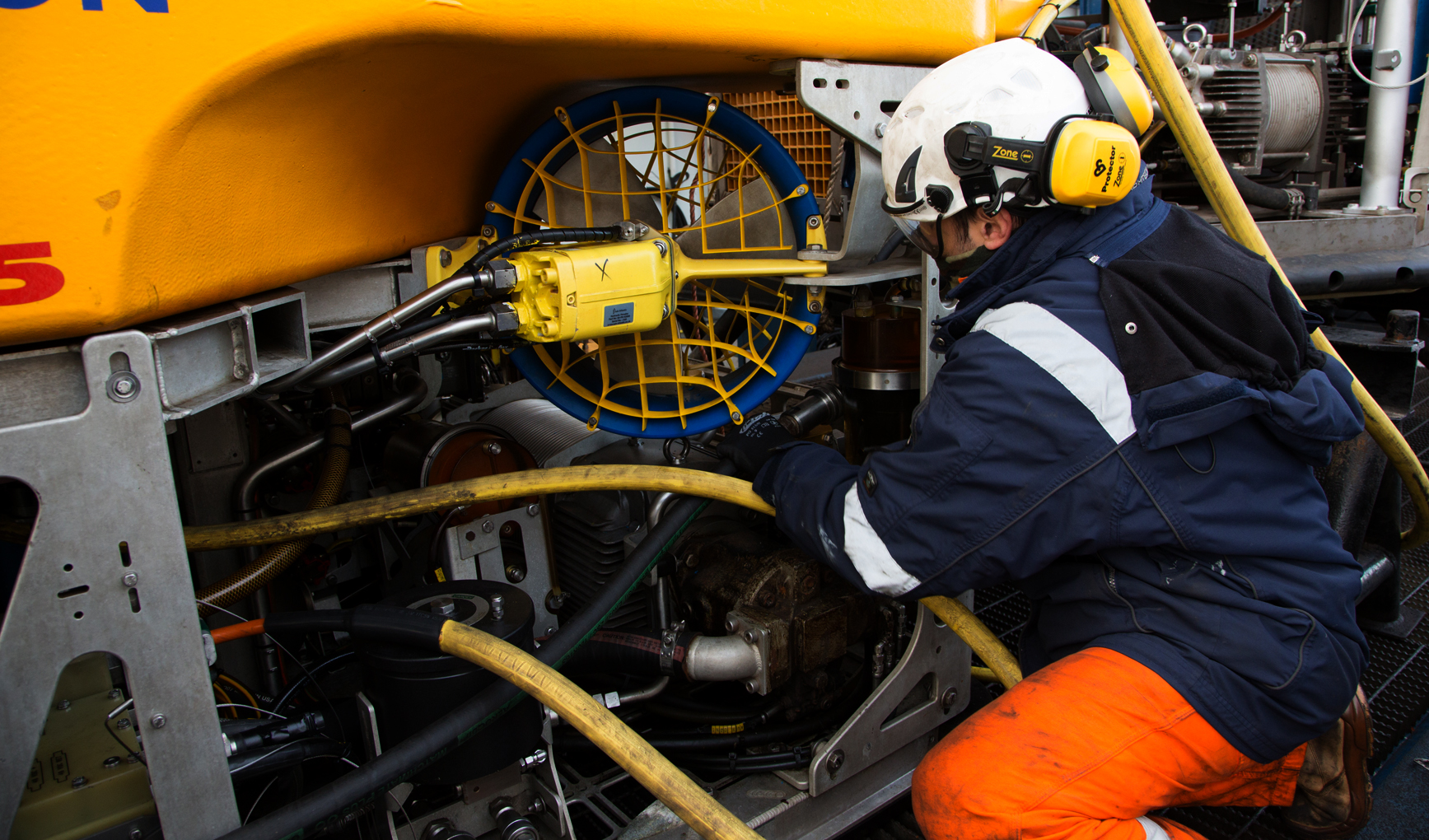
ROVs adapted to the renewable energy market

BOURBON’s ROV Italian affiliate, Bourbon Offshore DNT (BO DNT) is performing desktop studies for a critical upgrade of part of its ROV (Remotely Operated Vehicles) fleet, to address the specific needs of the Renewable Energy offshore market. Fabian Bonetti, Managing Director of BO DNT, spoke to us about the project.
PartnerShip: What prompted this upgrade initiative and what does it involve?
Fabian Bonetti: One of our client asked us to perform this upgrade study, having been granted European funding to carry out subsea surveying for a major Renewable Energy project. Significantly improved ROV performance would speed up data acquisition and save time and money along the projects. We did two different studies, one of the hydrodynamics of the system and the other of performance increase. So, we looked at the propeller and the speed and whatever other modifications we can bring to the existing configuration of our ROVs. Rather as we anticipated, the studies show us that such a conversion can increase performance by up to 60 percent! This compares really favorably with the performance of the high-speed ROV available on the market.
PS: Will you convert the whole fleet?
FB: The modifications only concern some of our Work-Class ROVs, known as WROVs. We have thirteen of these. In fact, the current dynamic market for Renewable Energy, with its windfarms and offshore wind turbines, really requires an upgraded or new type of ROVs. These installations are typically sited in shallow waters, meaning that there will be strong currents. Standard ROVs, designed for the Oil & Gas market are best for deep-water work, where surface conditions and current are not so much an issue. So, market demand dictates that we upgrade some WROVs for optimal efficiency in shallow-water conditions. If fact, we’ll probably only need to convert two or three. Needless to say, our standard ROVs remain ideal for the Oil & Gas market, in which we’ll continue to be highly active.
PS: How soon will you proceed with the upgrade?
FB: We’re currently awaiting contractual go-ahead from our client before converting the first ROV. At the same time, we’re evaluating the probable market uptake for this kind of ROV, to see how quickly turnover might recover our investment should we convert more.
PS: How long will it take to perform the upgrade?
FB: We estimate between 16 to 20 weeks. The long lead time is largely due to delays in sourcing materials, since, worldwide, there are currently many restrictions and shortages of components. Had we started last year, the lead time would have been more like 8 weeks!
Significantly improved ROV performance would speed up data acquisition and save time and money along the projects.
PS: What is the ROV's status in offshore wind installations?
FB: We worked closely with them, for example, on the WindFloat Atlantic (Portugal), the TetraSpar project, off the Norwegian coast, and Kincardine Wind farm, in the North Sea. Our ROVs were employed on all these projects. When our WROVs are converted, Bourbon Subsea Services will be able to offer strong-current capabilities entirely from the company’s own fleet.
PS: You are upgrading existing WROVs but is an entirely new type of ROV is currently in development?
FB: This is the current market trend, the subject is in the forefront of all conferences. We are working with our client to identify a manufacturer that can offer an ROV that can move through the water as fast as a vessel. For the moment, this process is still at embryo stage but a prototype will soon be available.


